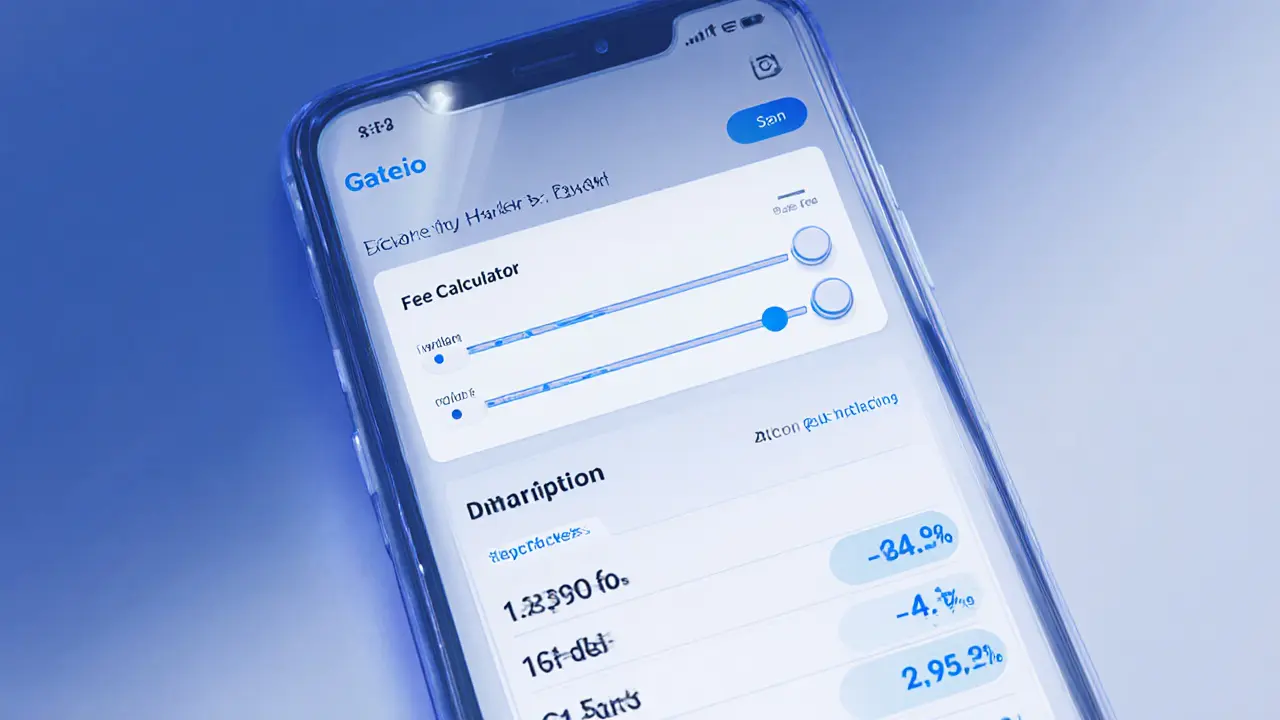Cryptocurrency Exchange Fees
When looking at cryptocurrency exchange fees, the charges you pay to trade, withdraw, or deposit digital assets on a platform. Also known as trading fees, they directly affect how much profit you keep. Every trader, whether you’re buying your first Bitcoin or moving large sums daily, faces a fee schedule that can erode gains if you don’t understand it. The fee landscape isn’t random – it’s built around three core concepts: liquidity provision, order execution, and network costs. In short, cryptocurrency exchange fees encompass maker fees, taker fees, and withdrawal fees, each playing a distinct role in your overall cost structure.
Key fee types you should know
Most exchanges break fees into maker fee, the rebate you earn for adding liquidity to the order book and taker fee, the charge applied when you remove liquidity by matching an existing order. A maker fee often sits at 0.10% or lower, while taker fees can range from 0.10% up to 0.30% on busy platforms. The difference matters because active day traders can save a few basis points per trade, which adds up over a month of frequent buying and selling. When you move coins off‑exchange, a withdrawal fee, a network‑dependent cost that funds miners or validators usually applies. Withdrawal fees vary by coin – moving Bitcoin might cost $2‑$5, while stablecoins like USDT often have negligible fees on well‑supported networks.
Understanding fee structures requires comparing fee schedules across platforms. Review sites such as Glide Finance, Darkex, and Palmex publish detailed breakdowns, letting you see how maker‑taker splits differ, whether they offer tiered discounts for high‑volume traders, and if they charge extra for margin or futures products. Regulations also shape fees; for example, Thailand’s SEC rules impose reporting requirements that can add a small compliance surcharge, while Russia’s recent ruble‑trade limits have forced some exchanges to adjust their pricing models. By analyzing these factors, you can predict how a fee change will impact your net returns. Lower fees can boost net returns for active traders, and transparent fee tables help you spot hidden costs before they bite.
Below you’ll find a curated list of articles that dive deeper into each of these topics. From step‑by‑step guides on buying crypto in China to in‑depth exchange reviews, the collection covers fee comparisons, regulatory impacts, and practical tips for minimizing costs. Whether you’re hunting the cheapest taker fee or need to understand why a withdrawal fee spikes on a particular network, the posts ahead give you the tools to make an informed decision and keep more of your earnings.
Gate.io Review 2025 - Fees, Features & Security
An in‑depth Gate.io review covering fees, security, altcoin variety, advanced tools and who should use the exchange in 2025.
VIEW MORE
